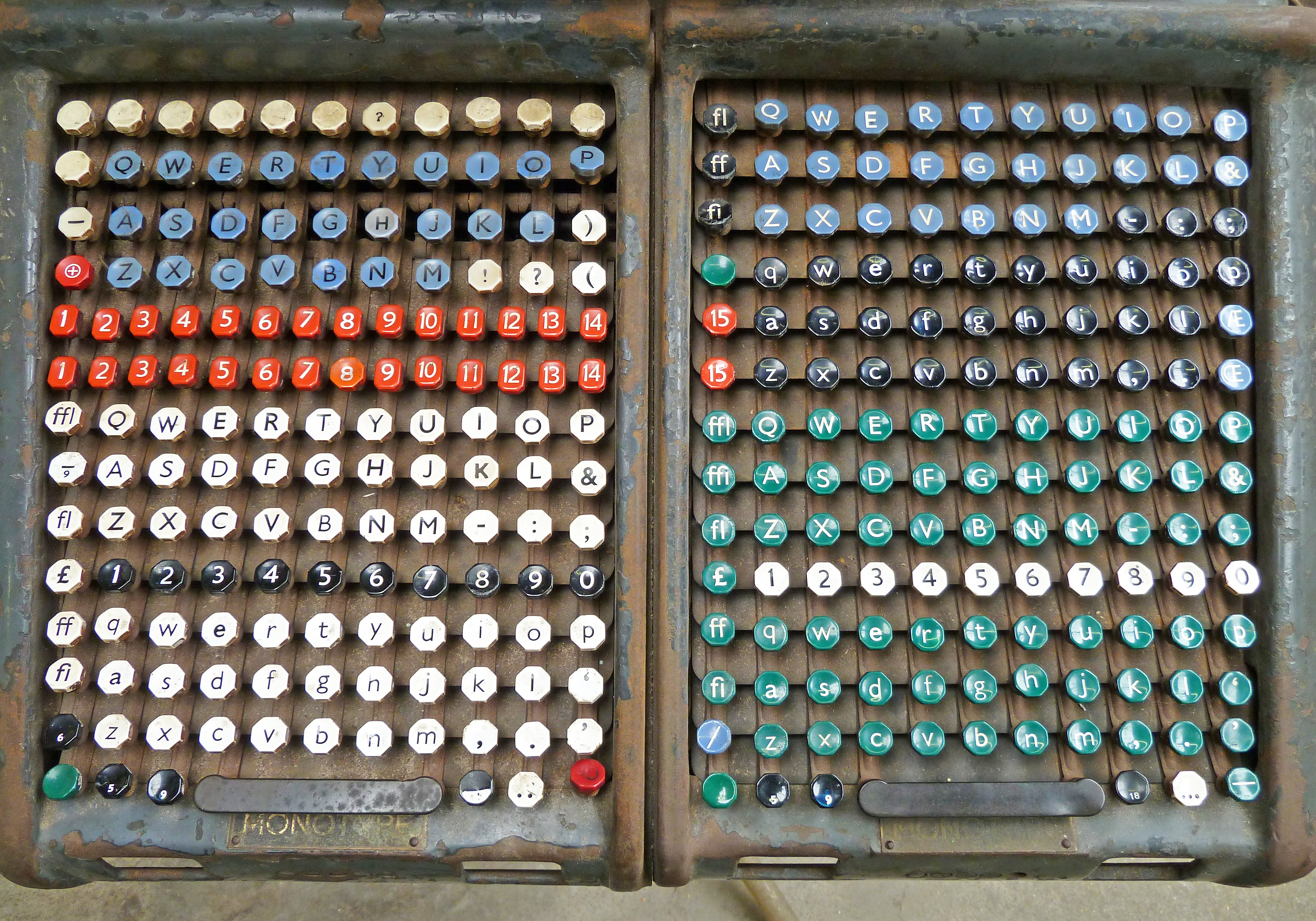
Wednesday, October 17, 2018
Chapter 7
Chapter 7 was about typographic technology history from hand composition, machine composition, phototypesetting, digital typesetting and the screen-based typography. The only type of typographic technology I wasn't aware existed was the phototypesetting technology. It seems like fotoemulsion screen printing in a way, except it used light to directly print onto photo sensitive paper. After reading this chapter, I am certainly happy that computers existed because typography seemed like so much work back then. Kerning specifically would seem a lot of work. I don't particularly understand most of the machine composition as even thought reading it didn't really help visualize it in my mind. I think the best way to learn about these technology is just seeing a video of the machines doing their jobs, but I'm more of a visual and hands on learner. What I didn't see in this chapter was how technology improving probably helped growth of fonts as digitally it was quicker to make fonts and one didn't have to commit so much time to making "fun" fonts such as scripts. I also realize that the maintenance involved with the older technology must be so tedious to keep molds and printing blocks up to standards as having a letter not printing correctly could ruin the flow of the prints. I do want to try hand composition in an artistic glance.


Subscribe to:
Post Comments (Atom)

No comments:
Post a Comment